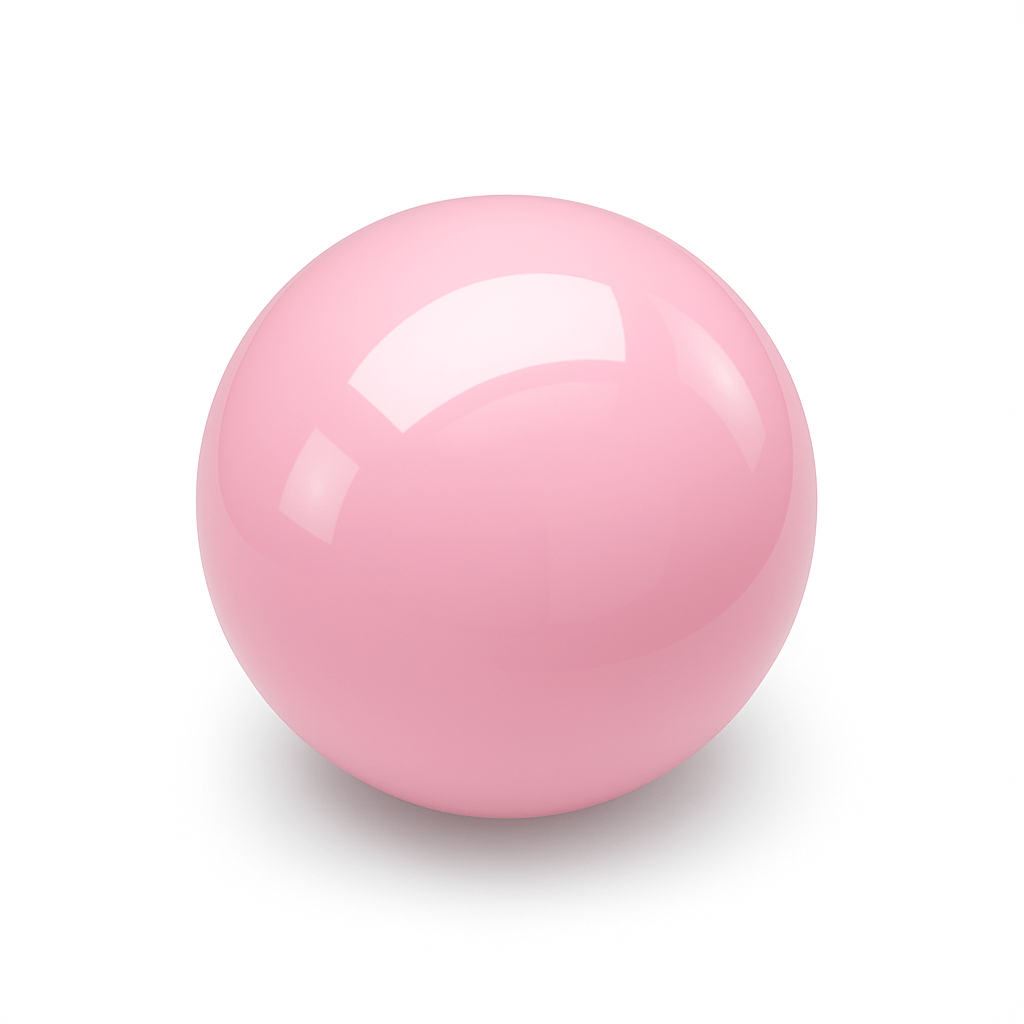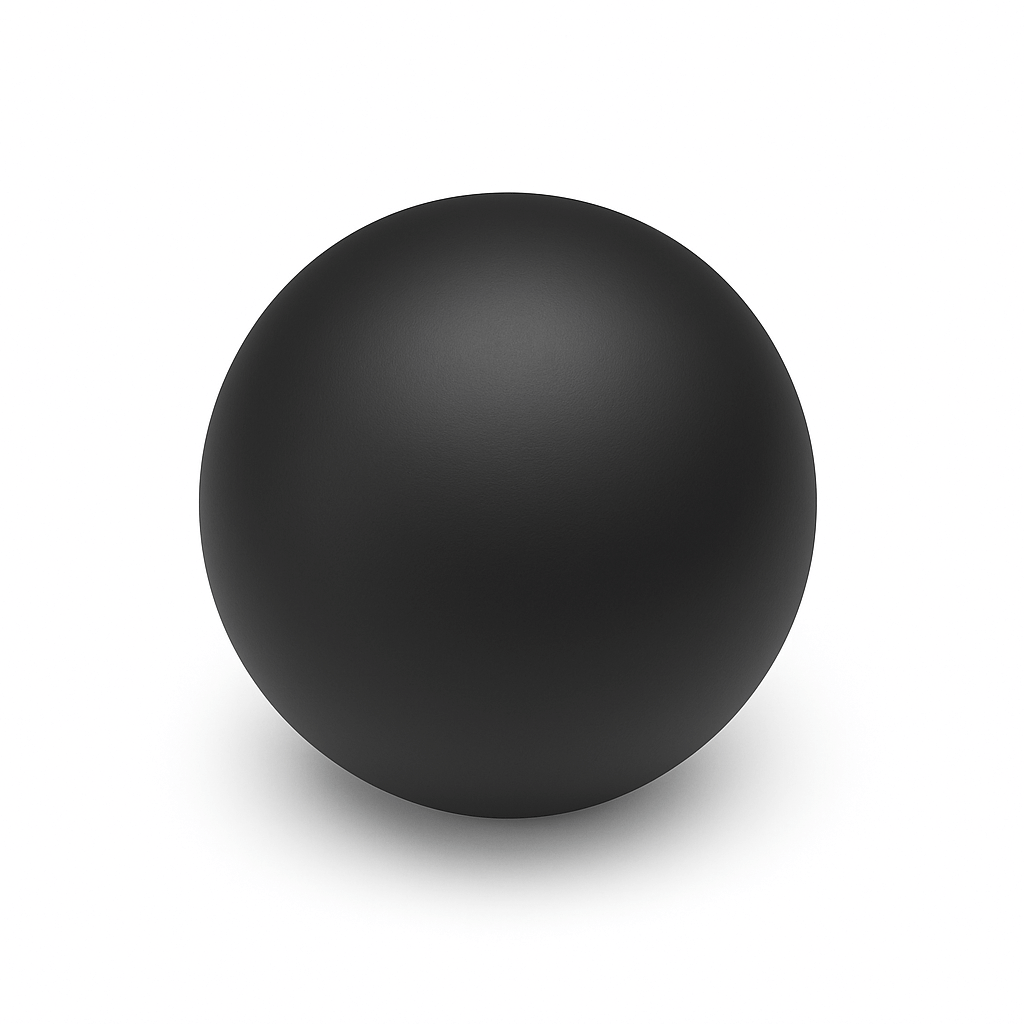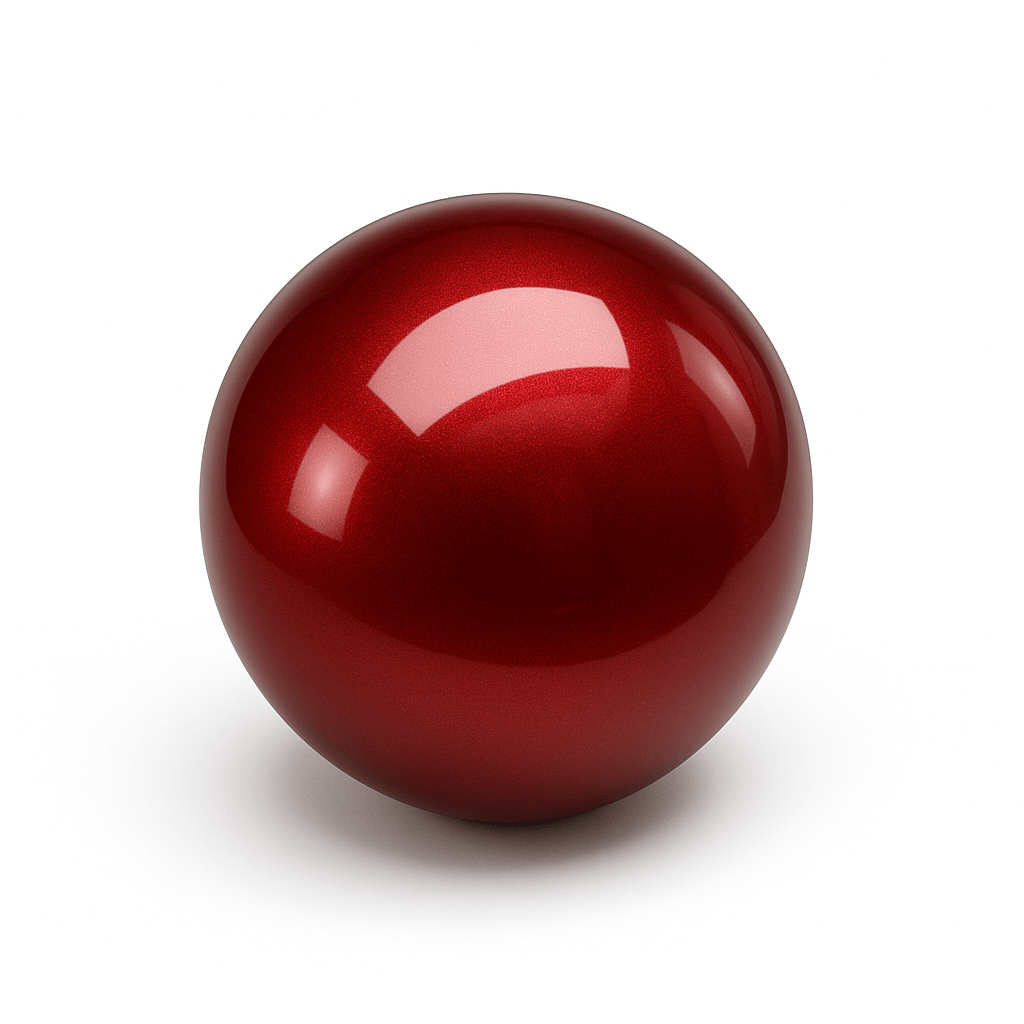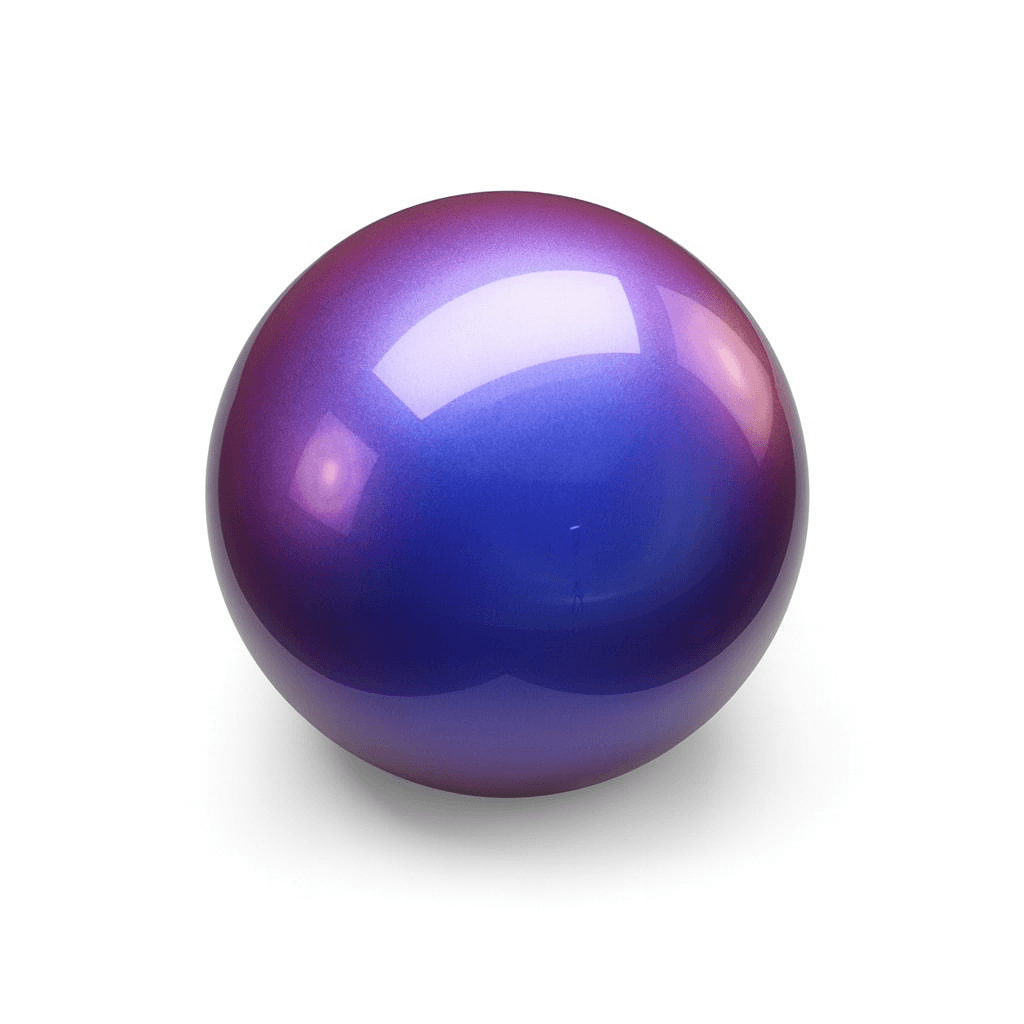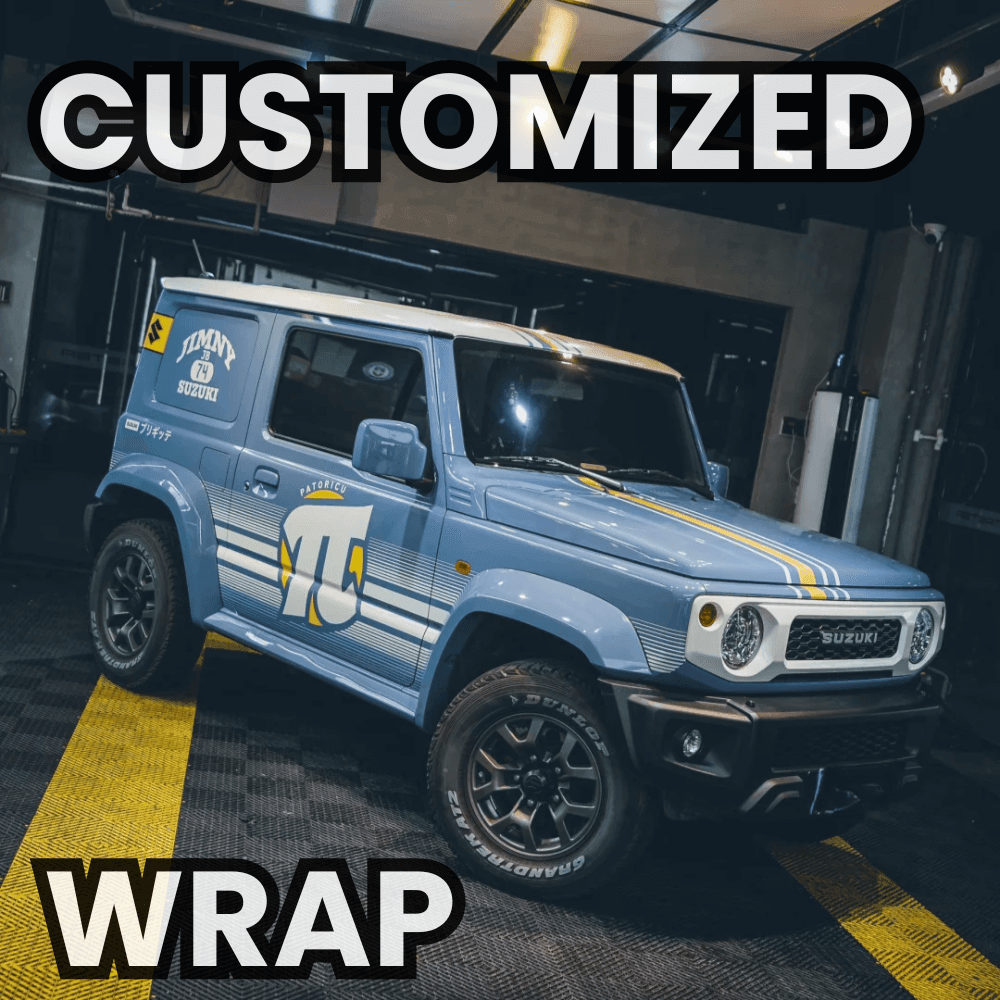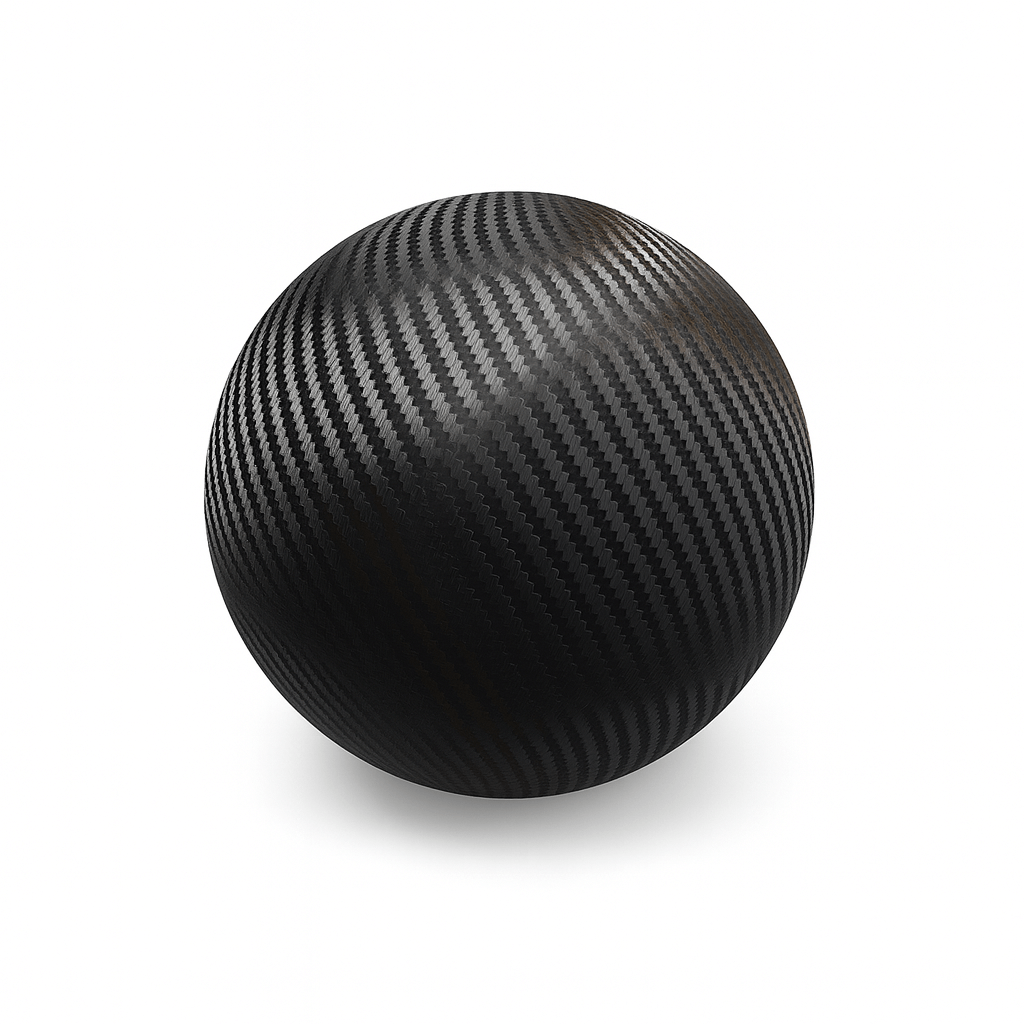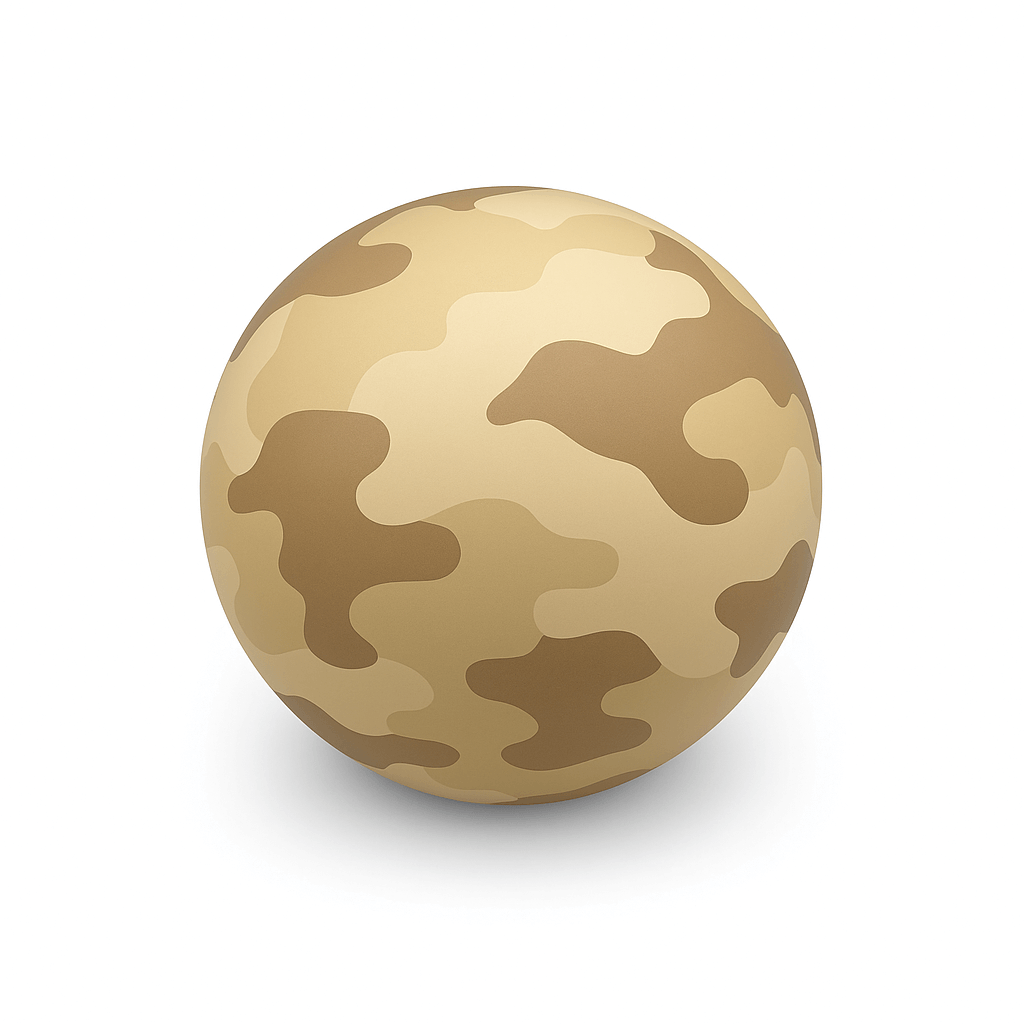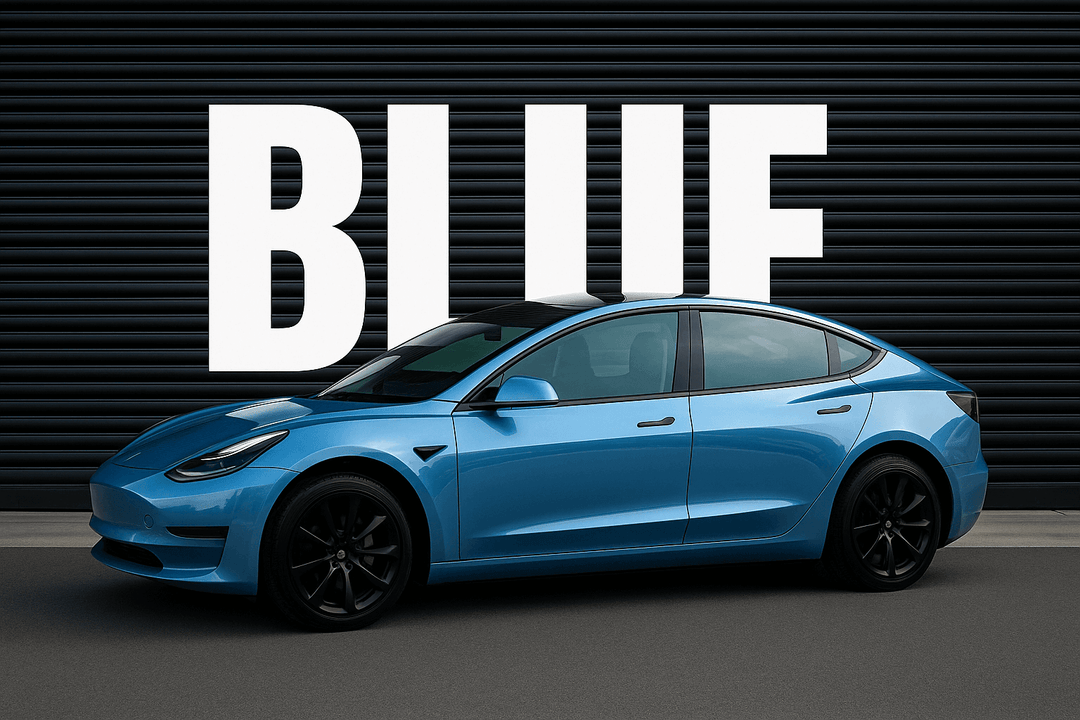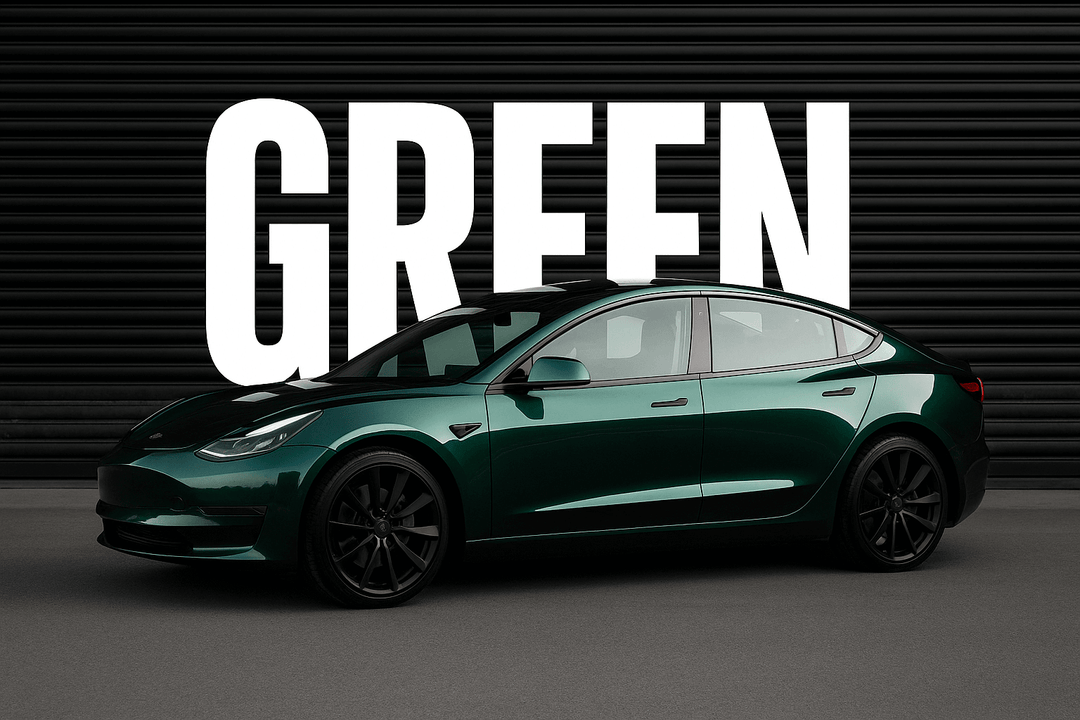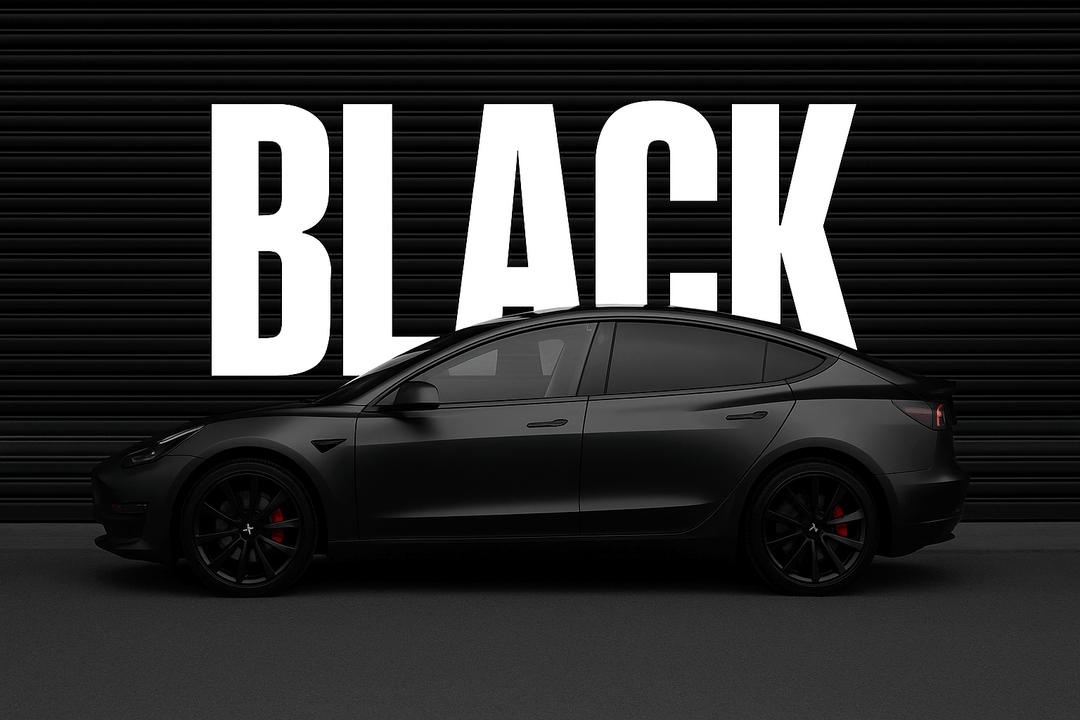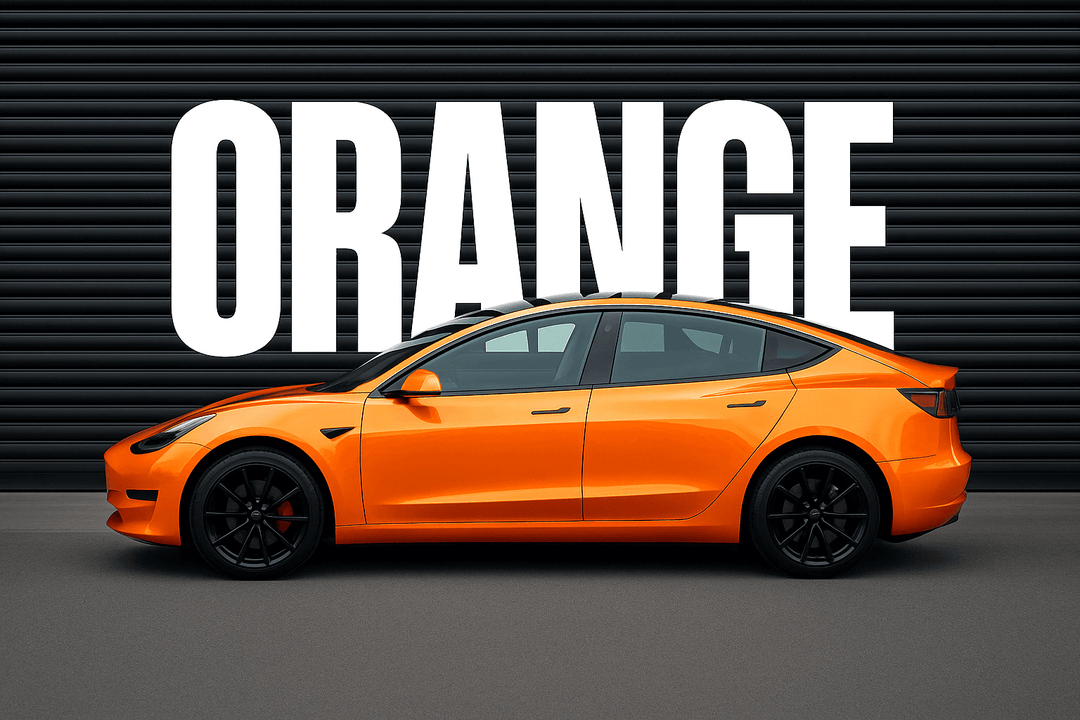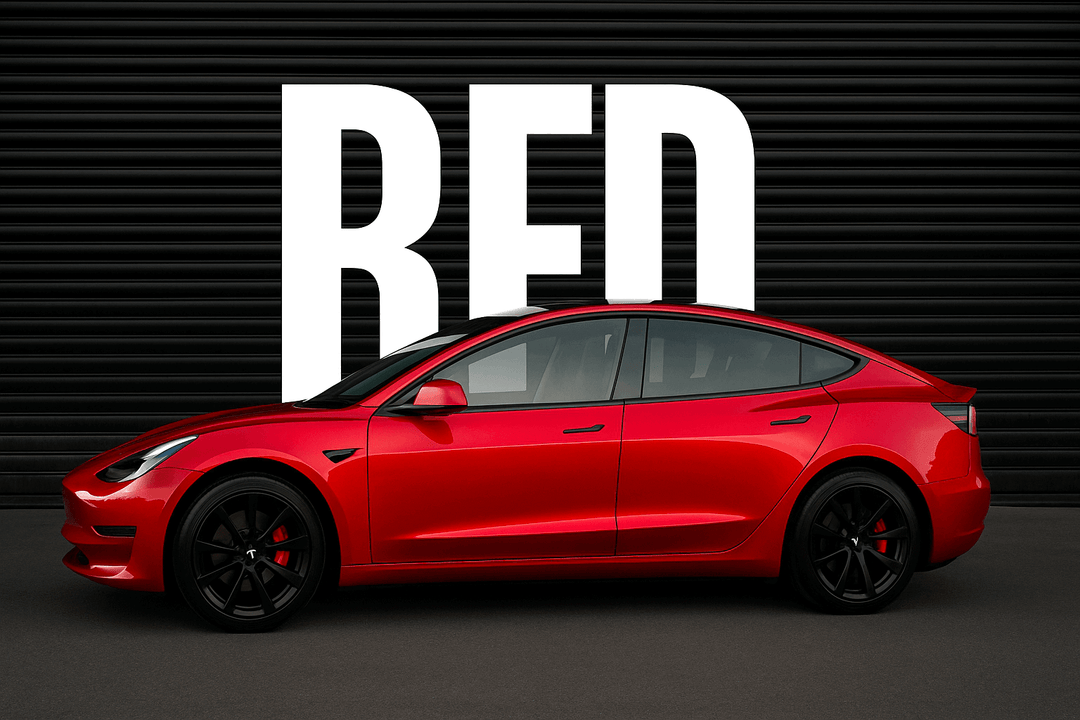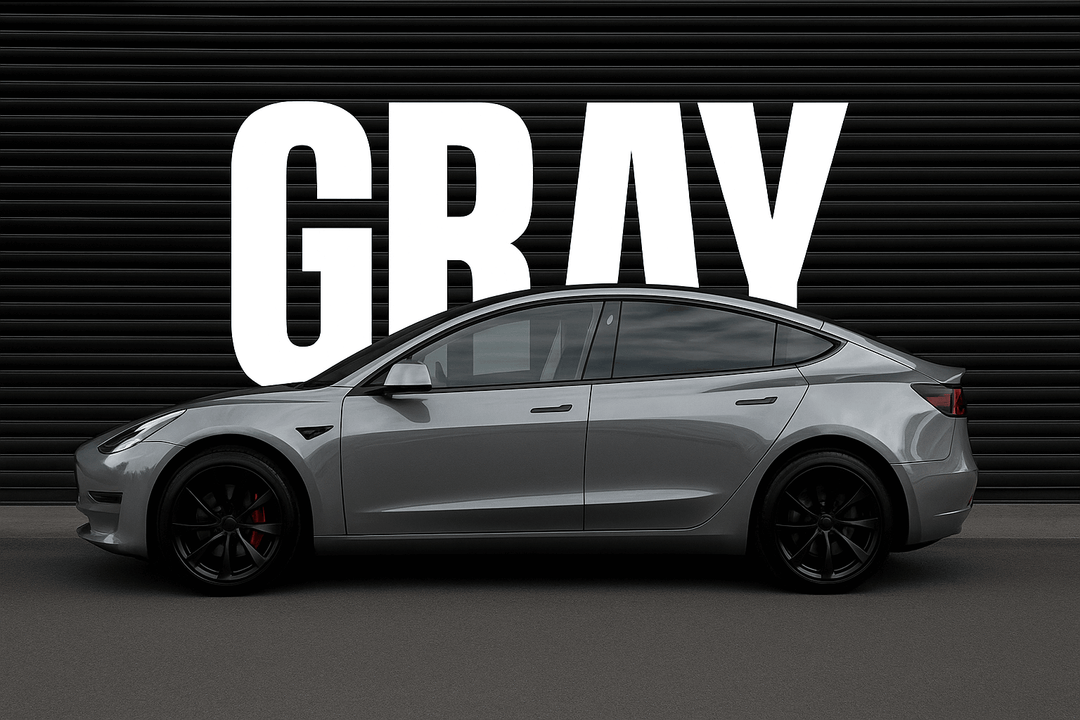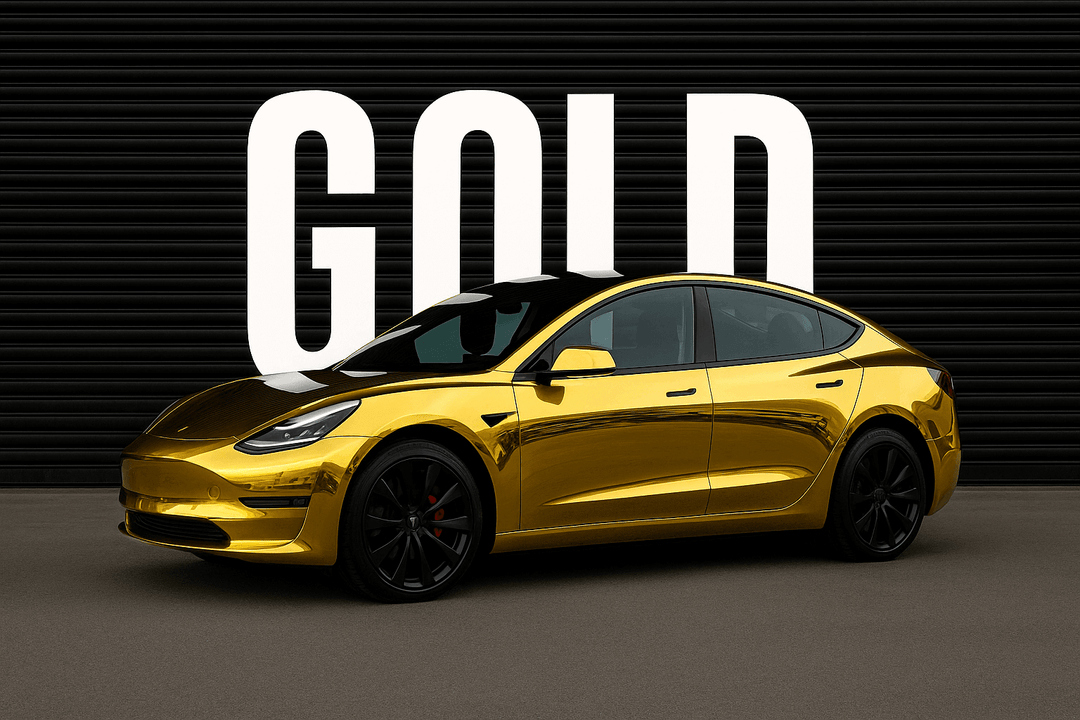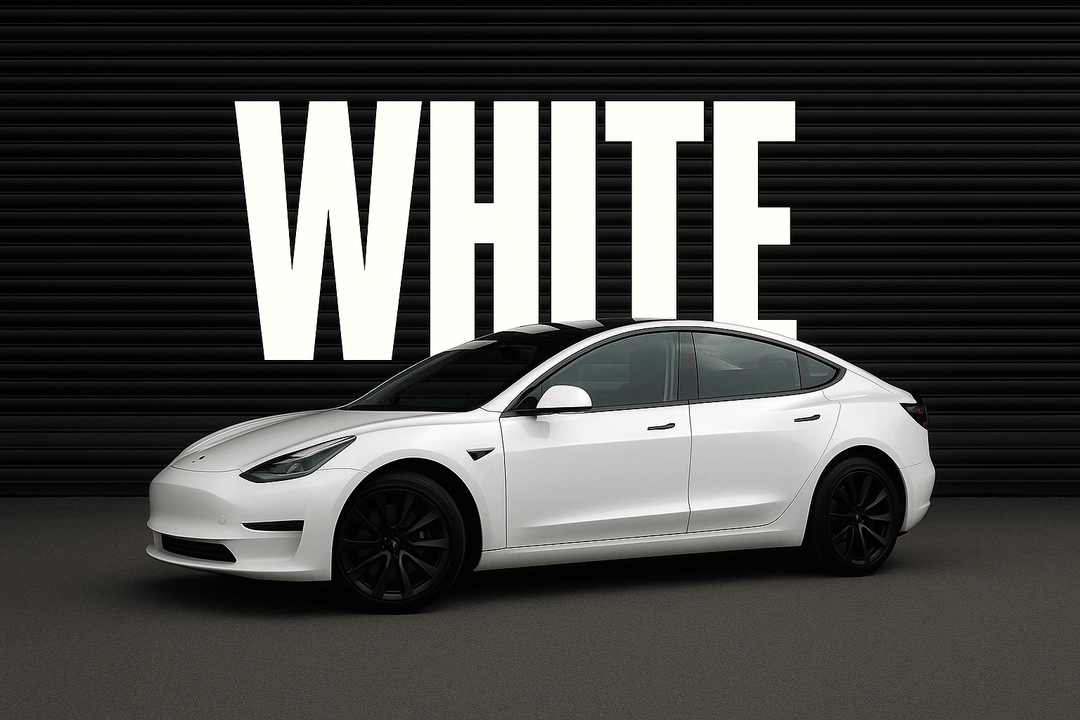How Much Does Paint Protection Film Cost
Thinking about protecting your vehicle’s paint, but unsure how much PPF will cost you? You’re not alone. Applying paint protection film (PPF) is one of the most effective ways to guard against chips, scratches, and road debris.

PPF prices can range from $600 for basic coverage to over $8,000 for full-body wraps, depending on the size of your vehicle, the type of film used, and the complexity of the installation.
In this guide, we’ll break down what affects the cost of paint protection film, explore the different types of PPF packages available, and help you decide which level of protection makes the most sense for your car and budget.
What is Paint Protection Film (PPF)?
Paint Protection Film (PPF) is a nearly invisible, ultra-durable layer applied to your vehicle’s exterior to shield it from damage caused by daily driving.
Crafted from a clear thermoplastic urethane, PPF is designed to absorb impacts and resist paint surface damage. It protects your vehicle’s paint from common hazards such as:
-
Scratches and Scuffs – Whether it's careless door swings in tight parking lots or low-hanging branches on a back road, PPF acts as a tough barrier between your paint and physical contact.
-
Rock Chips – Especially useful on highways, PPF reduces the impact of gravel and debris kicked up by surrounding vehicles.
-
UV Exposure – Constant sunlight can lead to fading or oxidation. PPF includes UV-resistant properties that help maintain your paint’s original depth and color.
One of the standout features of Yeswrap's PPF is its self-healing technology. Light scratches, swirl marks, or abrasions gradually vanish when exposed to heat, whether from the sun, hot water, or your engine. This keeps your car looking newer for longer with minimal upkeep.
Paint Protection Film Cost Range
Different coverage packages are available to meet various protection needs, and each comes with its price range. Let’s take a closer look at the most common PPF coverage options and what you can expect to pay:
Partial Front PPF Wrap Costs $600–$1,200
This is the most affordable entry point into PPF and a great choice for everyday drivers. It focuses on high-risk, front-facing zones that typically take the brunt of road debris.
Coverage includes:
-
Front bumper
-
Partial hood
-
Partial fenders
-
Side mirrors
-
Headlights
If you’re mainly concerned about stone chips and bug splatter, this package offers effective protection where it matters most, without the higher cost of full-coverage options.
Full Front PPF Wrap Cost $1,500–$3,000
The full front package is the most popular choice, offering a seamless finish and broader protection. It extends the film across the entire width of the car’s front end, eliminating any visible lines where the film ends.
Coverage includes:
-
Full hood
-
Full front fenders
-
Front bumper
-
Mirrors and headlights
Track Kit PPF Wrap Cost $2,000–$4,000
Ideal for performance vehicles and spirited drivers, the track kit wrap goes a step further than the full front by including more vulnerable areas that are often impacted during high-speed driving or track days.
Coverage includes:
-
Everything in the Full Front Wrap
-
Side skirts and lower rocker panels
If you drive a sports car or simply want extra coverage on low-mounted panels, this option provides robust protection where impacts are more likely.
Full Vehicle PPF Wrap Cost $5,000–$8,000+
This is the best option—maximum protection for your entire vehicle. While it comes at a premium price, full-body PPF is unmatched in terms of long-term value, offering full-scale protection against scratches, UV rays, chips, and chemical damage.
Coverage includes:
-
All exterior panels: hood, roof, doors, fenders, bumpers, mirrors, trunk, and pillars
-
Complete wrap with zero exposed painted surfaces

Here’s a comparison table and breakdown that summarizes the key features, price ranges, pros, and cons of each paint protection film (PPF) package.
|
Coverage Level |
Parts Covered |
Price Range |
Pros |
Cons |
|
Basic |
Partial hood, bumper, fenders, mirrors, headlights |
$600 – $1,200 |
- Budget-friendly - Targets high-impact zones - Quick install |
- Limited protection - Visible film lines - Doesn’t cover door scuffs |
|
Standard |
Full hood, bumper, fenders, mirrors, headlights |
$1,500 – $3,000 |
- Seamless front-end look - Ideal for daily drivers - Good value for coverage |
- Leaves sides and rear exposed |
|
Track Kit |
Full front end + side skirts/lower rocker panels |
$2,000 – $4,000 |
- Extra protection for low-impact zones - Great for performance cars - Better resale |
- Still doesn’t cover rear and roof |
|
Premium (Full) |
Every painted exterior panel: hood, fenders, roof, doors, bumpers, trunk, mirrors |
$5,000 – $8,000+ |
- Complete protection - Enhances resale value - Longest-lasting finish |
- Highest cost - Longer install time |
Cost Factors That Affect PPF Pricing
Vehicle Size and Shape
Beyond the coverage area you choose, the size and shape of your vehicle play a major role in determining the total cost of a paint protection film installation.
Simply put, larger vehicles cost more to wrap. They require significantly more film, which means higher material costs, and more time and effort from the installer. For instance, wrapping a compact car like a Honda Fit might fall on the lower end of the price spectrum, especially for partial or full-front packages. But if you're driving a full-size SUV like a Cadillac Escalade, which has more surface area, complex contours, and additional trim pieces that increase labor and installation time.
Even among vehicles of similar size, shape complexity matters too. Sporty designs with sharp curves, aggressive bumpers, and sculpted panels are more labor-intensive to cover properly. In contrast, smoother, flatter designs (like those found on many Teslas) are often quicker to install PPF on, and may cost slightly less, even if they’re the same size.
Type and Thickness of Film
Not all PPF is created equal. The quality, finish, and thickness of the film you choose will have a direct impact on both performance and cost.
Film Thickness
Paint protection films typically range from 6.5 mil to 8.5 mil in thickness. A thicker film offers more impact resistance but may be more difficult to install, raising both material and labor costs.
-
6.5mil PPF: Lightweight, suitable for mild daily use. More affordable but less durable under harsh conditions.
-
7.5mil PPF: A balanced option offering solid protection with good flexibility. Often the best value for daily drivers.
-
8.5mil PPF: Heavy-duty protection for high-risk environments. More expensive but ideal for performance or luxury vehicles.
Film Type
In addition to thickness, the texture or finish of the film also matters:
-
Clear Gloss PPF: The classic choice for invisible protection. Most cost-effective and widely used.
-
Matte or Satin PPF: Adds a stylish, understated look to your vehicle while still offering excellent protection. Slightly more expensive due to specialty materials.
-
Carbon Fiber Texture PPF: Designed for aesthetic impact as well as protection. It mimics the look of real carbon fiber and often costs more because of its unique visual appeal.
Installer Experience and Shop Reputation
The experience and reputation of your PPF installer are another key factor that directly impacts the final cost. Like most things in automotive customization, you get what you pay for.
Highly skilled installers often charge a premium, but that extra cost reflects their precision, attention to detail, and years of hands-on experience. These professionals are more likely to have worked on your exact make and model before, which means they understand the curves, contours, and problem areas that require special care. That may reduce the risk of errors and ensure a smoother, cleaner application.
In contrast, a cheaper or inexperienced installer might leave visible edges, trapped bubbles, or misaligned panels, which can lead to premature peeling or yellowing. And if the job isn’t done right the first time, you’ll likely spend even more on removal and reinstallation down the road.
Location and Market Rates
Where you live and where you choose to get your paint protection film installed can impact how much you pay. Like most automotive services, PPF pricing is influenced by local market conditions, labor costs, and regional demand.
In large metropolitan cities, where the cost of living is higher and labor rates are steeper, you can expect to pay more for PPF installation. For example, a full front wrap in Los Angeles or New York might start at $2,000+, while the same service in a smaller city or rural town could be closer to $1,500.
Vehicle Condition
The condition of your vehicle’s paintwork impacts the total cost of a PPF installation. If your car’s surface has swirl marks, scratches, or embedded contaminants, the installer will need to perform paint correction or decontamination to ensure a flawless base. Skipping this step could trap dirt or defects beneath the film, which not only affects the look of the wrap but also compromises its adhesion and longevity.
This preparation may include:
-
Thorough washing and degreasing
-
Clay bar treatment to remove embedded particles
-
Machine polishing to correct light scratches or oxidation
-
Spot repairs for chipped or damaged areas
Is PPF Worth the Cost?
Absolutely.
When considering paint protection film (PPF), many car owners hesitate at the price tag. But instead of viewing it purely as a cost, it's more accurate to see PPF as a strategic investment. It not just protects your vehicle's paint, but also its long-term value and your future wallet.

A Shield That Preserves What You Love
You've worked hard to buy the car you love. Whether it's a daily commuter or a weekend showstopper, why not ensure it looks pristine for as long as possible? PPF acts as a clear barrier against the daily hazards your paint faces—scratches, chips, bug splatter, bird droppings, road salt, and harmful UV rays. By shielding the original paintwork, you're actively preserving that brand-new look and gloss for years.
Boosting Resale Value
One of the most overlooked benefits of PPF is its positive impact on resale value. Cars with original, untouched paint in near-mint condition tend to sell faster and at higher prices. A potential buyer will always lean toward a vehicle that looks newer, cleaner, and better maintained. In fact, our C8 Corvette client has reported receiving noticeably higher offers simply because his car was protected with PPF.
Saving on Maintenance and Repairs
Chips, scratches, and paint blemishes might seem minor, but over time, those fixes add up. With PPF, the need for frequent paint touch-ups, polish jobs, or even full-panel repaints is dramatically reduced. The best part? Many high-quality PPF films are self-healing, meaning minor swirl marks and scuffs disappear on their own with heat exposure, saving you time and trips to the detailer.
Aesthetic Longevity and Everyday Peace of Mind
PPF doesn’t just protect—it enhances. Its glossy finish keeps your car looking freshly waxed while also preventing oxidation and dullness caused by sun exposure. For matte or satin finishes, specialized PPF preserves that unique texture without altering the look.
There's also peace of mind in knowing that you don’t have to baby your car every time you drive it. Parking lots, highways, and bug-heavy country roads no longer feel like war zones for your paint.
Cost vs. Long-Term Value
In some cases, PPF protected vehicles during minor accidents, where the damage was limited to the film. Once removed, the paint underneath was untouched, avoiding what would’ve been a costly repair.
A respray or paint correction job for deep scratches or faded panels could easily exceed $3,000. And when it’s time to sell, a car with flawless original paint might bring in thousands more than one with visible wear.
Should You Wrap Your Vehicle with PPF?
If you’re asking whether PPF is right for you, the answer depends on how you drive, how much you care about your vehicle’s appearance, and how long you plan to keep it. But for most drivers, especially those who value their car’s condition, the answer is a confident yes.

You Want the Best Possible Protection
If your goal is to protect your vehicle from the everyday hazards that come with driving, such as rock chips, surface scratches, bug splatter, road salt, or tree sap, paint protection film is the most effective option. Unlike waxes or ceramic coatings, which only offer surface-level resistance, PPF physically shields your paint from impact and abrasion.
You Drive Often or on the Highway
Highways are tough on your paint. Constant exposure to high-speed debris, flying gravel, and tire-flung rocks from other vehicles dramatically increases the risk of chips and dings. If your daily commute or weekend adventures take you on expressways or rural roads, PPF acts as a front-line defense that keeps your car looking newer, longer.
Your Vehicle Has Soft or Delicate Paint
Some vehicles, especially luxury or performance models, come with softer paint that’s more susceptible to swirl marks and scratches. If you’ve noticed that your car’s finish easily picks up blemishes, even from gentle washing, then PPF is a smart preventative measure. It protects the vulnerable factory paint without altering its original look.
You Want a Long-Lasting, Low-Maintenance Solution
Unlike other protection options that need regular reapplication, high-quality PPF is a long-term investment. Once applied, it can last up to 10 years with proper care. It’s also easy to maintain—just wash as you normally would, and enjoy the peace of mind that comes with self-healing technology that repairs light scratches with heat exposure.
Ready to Protect Your Vehicle?
Paint protection film is more than just a cosmetic upgrade—it’s a smart, long-term investment in your vehicle’s value and appearance. However, with numerous options and price points, selecting the right choice can feel overwhelming.
At Yeswrap, we make it simple.
Whether you're looking for basic front-end coverage or a full-body wrap, we offer high-quality yet affordable PPF solutions tailored to your needs. Our expert installers use premium-grade films and precision techniques to ensure long-lasting results that truly protect.
Still unsure about what coverage is best for your car? Reach out today for a free, no-obligation estimate and get expert advice you can trust.
👉 Get high-quality yet affordable PPF from Yeswrap in minutes. Your car deserves it.
FAQs About Paint Protection Film (PPF)
How long does PPF last?
High-quality paint protection film typically lasts 7 to 10 years, depending on the brand, climate, and how well it's maintained. Premium films with self-healing properties and UV resistance tend to offer longer lifespans. Routine washing and avoiding harsh chemicals can help extend its durability even further.
Can I install PPF myself?
While DIY PPF kits are available, professional installation is strongly recommended, especially for full panels or full-body wraps. PPF installation requires precision, experience, and specialized tools to avoid bubbles, misalignment, and visible edges. Improper application can lead to costly mistakes or reduced effectiveness.
Does insurance cover PPF?
Insurance coverage for PPF varies by provider and policy. Some comprehensive auto insurance plans may cover PPF as an accessory or custom modification, but you’ll likely need to declare it when insuring the vehicle. In the case of an accident, if your vehicle is protected by PPF, the film may be included in the repair estimate, but always check with your insurer first.
Will PPF damage paint when removed?
No, PPF is designed to be removable without damaging the original paint, as long as it’s removed properly. In fact, it often preserves the factory paint underneath in near-perfect condition. That said, on repainted or poorly maintained surfaces, there’s a slight risk of pulling up weak paint layers. Always have it removed by a professional if you’re unsure.


